Consumer confidence is a critical barometer of economic health. It reflects the degree of optimism that consumers feel about the overall state of the economy and their personal financial situation. This sentiment significantly influences consumer spending, which in turn drives economic growth. In uncertain times, such as during economic recessions, pandemics, or geopolitical turbulence, consumer confidence tends to wane, leading to distinct shifts in spending patterns. This article explores how consumer confidence operates, its impact on spending behavior, and the broader economic implications during periods of uncertainty.
Understanding Consumer Confidence
Consumer confidence is often measured through surveys, with the Conference Board’s Consumer Confidence Index (CCI) and the University of Michigan’s Consumer Sentiment Index being the most widely recognized in the United States. These indices are based on consumers’ perceptions of current economic conditions and their expectations for the future. High consumer confidence typically correlates with increased consumer spending, as individuals feel more secure in their financial stability and prospects.
The Psychological Dimension
Consumer confidence is heavily influenced by psychological factors. During uncertain times, fear and anxiety can undermine confidence. Concerns about job security, fluctuating stock markets, and future economic policies can lead to a more cautious approach to spending. In contrast, when consumers feel optimistic, they are more likely to make significant expenditures, such as buying homes, cars, and other durable goods.
Spending Patterns in Uncertain Times
1. Shift from Discretionary to Essential Spending
During periods of uncertainty, consumers often prioritize essential items over discretionary purchases. Spending patterns shift towards necessities such as groceries, healthcare, and utilities, while expenditures on luxury goods, entertainment, and travel typically decline. This behavior was evident during the COVID-19 pandemic, where there was increased spending on food and healthcare supplies, and a sharp decline in travel and dining out.
2. Increased Savings
Uncertainty tends to drive higher savings rates as consumers opt to build a financial cushion against unpredictable future scenarios. The economic downturns post-2008 financial crisis and during the initial stages of the COVID-19 pandemic saw significant spikes in savings rates. This trend underscores a reduction in immediate consumption, which can slow economic recovery due to reduced demand for goods and services.
3. Delayed Major Purchases
Big-ticket items, such as homes, cars, and appliances, see deferred purchases during uncertain times. Consumers adopt a wait-and-see approach, often postponing non-essential large expenditures until economic conditions stabilize. The housing market, for example, experienced considerable volatility at the onset of the pandemic as buyers hesitated amid economic uncertainty.
4. Digital and E-commerce Surge
Economic uncertainty, especially during crises that restrict physical movement, can accelerate the shift towards digital platforms. The pandemic notably sped up e-commerce adoption as consumers turned to online shopping for both essential and non-essential goods. This shift not only underscores changing consumer behavior but also highlights the adaptability of businesses that enhance their online presence to capture this demand.
Economic Implications
The alterations in spending patterns during uncertain times have profound implications for the economy. Reduced consumer spending can lead to lower revenue for businesses, prompting cost-cutting measures such as layoffs and reduced investment in growth initiatives. This can create a feedback loop, where reduced income further depresses consumer confidence and spending.
Conversely, certain sectors may experience growth amidst broader economic downturns. For instance, companies in the healthcare, grocery, and e-commerce industries often see increased demand. Policymakers typically respond to declining consumer confidence with measures designed to stimulate economic activity, such as tax cuts, unemployment benefits, and direct financial aid to individuals.
Conclusion
Consumer confidence is a pivotal driver of economic activity, and its fluctuations can markedly alter spending patterns, especially during uncertain times. By understanding the dynamics of consumer confidence and its impact on behavior, businesses and policymakers can better navigate economic challenges and devise strategies to bolster confidence and encourage spending. As the global economy continues to face various sources of uncertainty, monitoring consumer confidence and adapting to changing spending patterns will be essential for sustained economic resilience and growth.


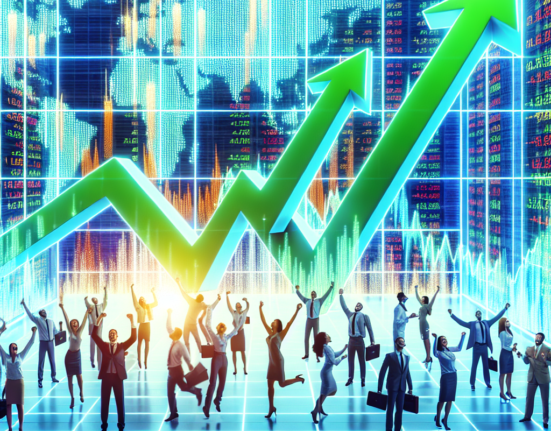


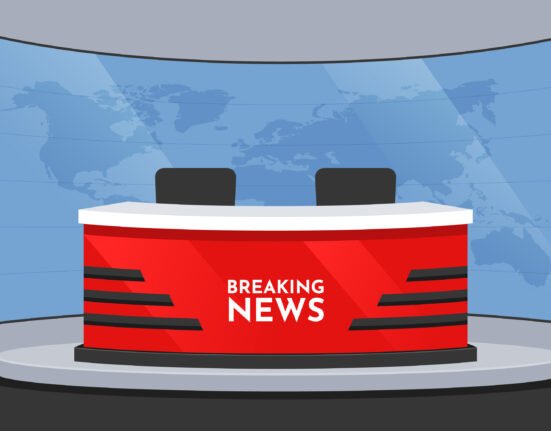


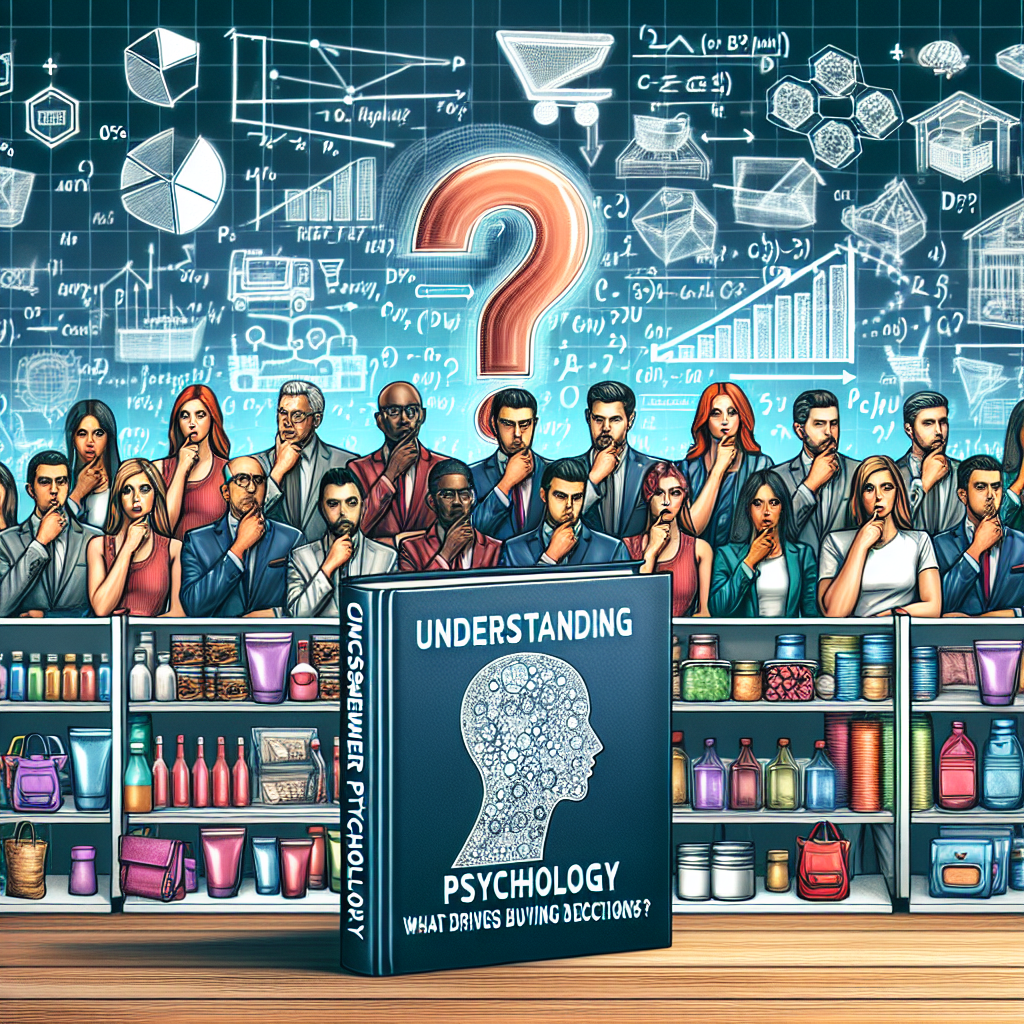
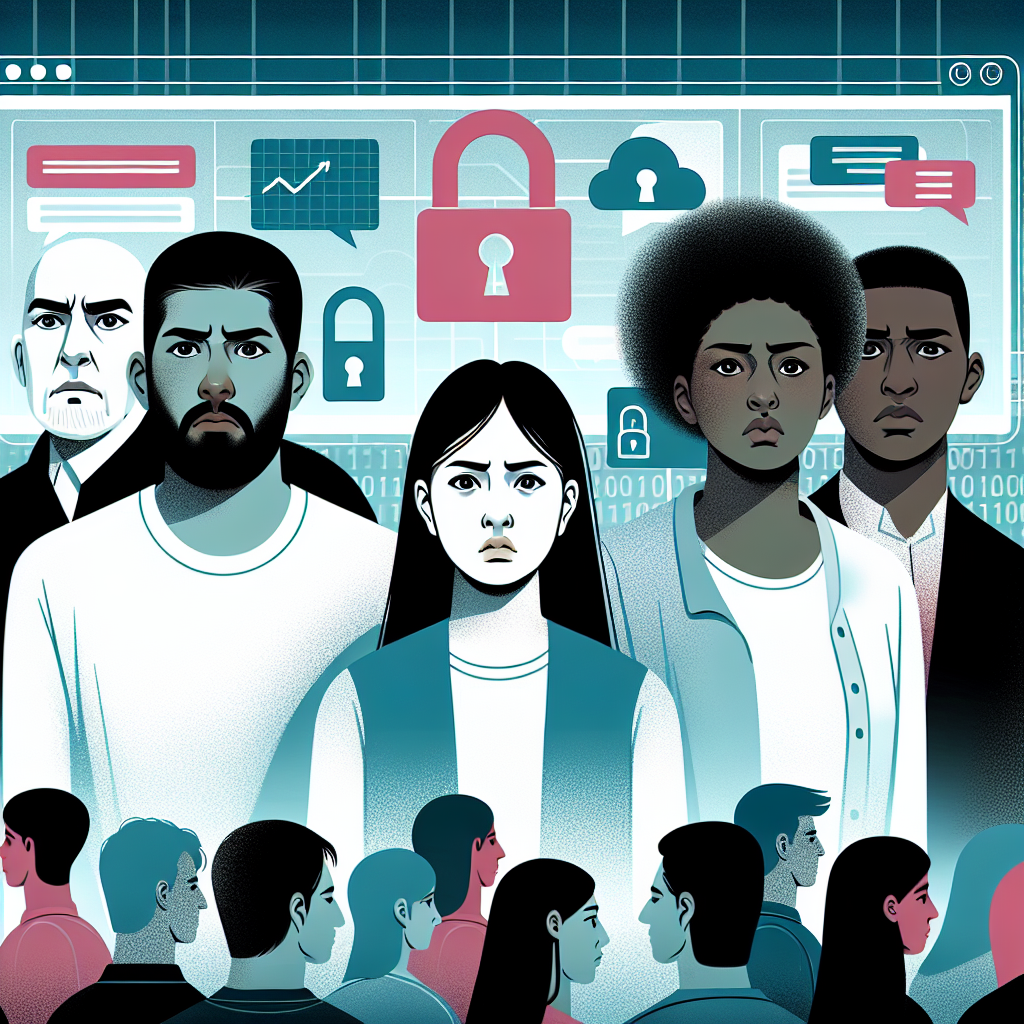
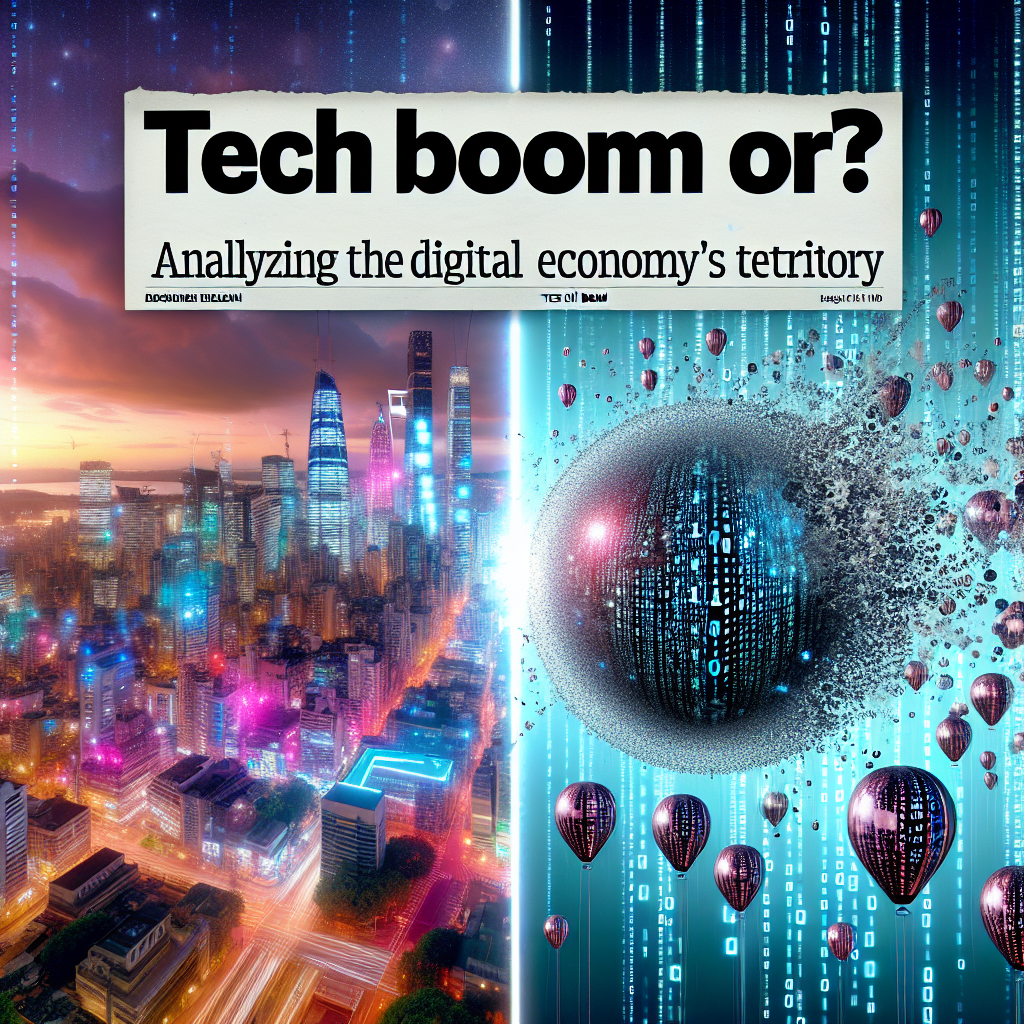
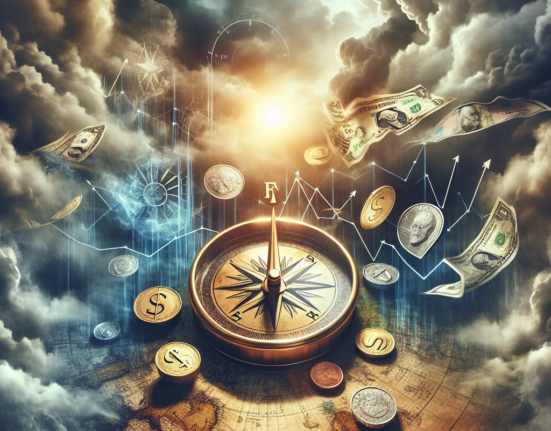
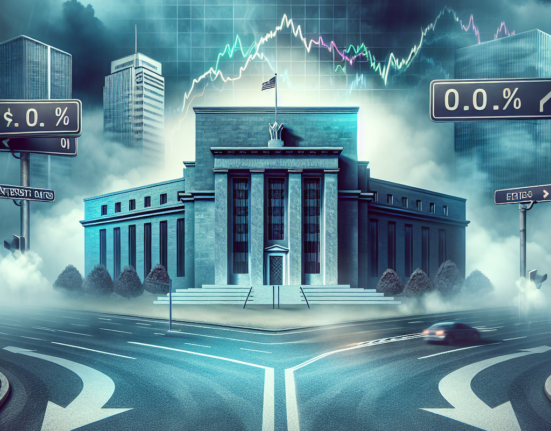
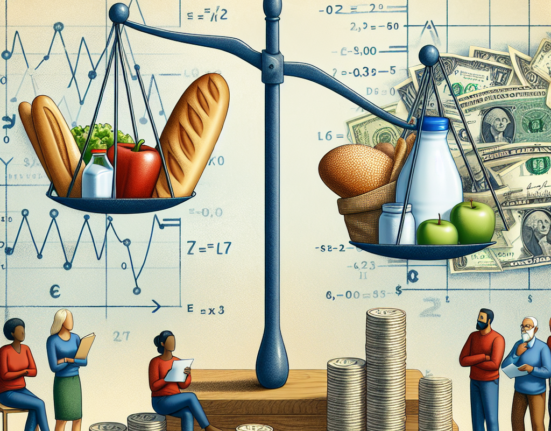
Leave feedback about this
You must be logged in to post a comment.